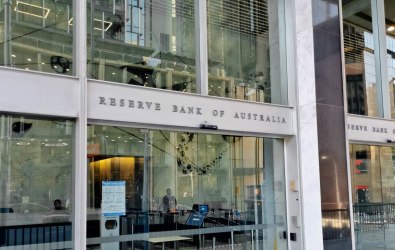The carbon price will have less impact on the investment portfolios of superannuation funds than on investors holding an ASX 200 portfolio, according to research released by the Australian Institute of Superannuation Trustees (AIST).
The research, which was conducted by Trucost, showed the carbon footprint of investment portfolios of 14 super funds was 8 per cent less than that of companies in the ASX 200.
This was largely the result of the index holding more carbon-intensive investments, including resources companies.
However, the research found some super funds with portfolios invested in carbon-intensive companies in the ASX 200 and they would need to cut their emissions to manage financial risk from carbon costs, the AIST said.
Based on a carbon price of $23 a tonne, companies in super fund portfolios would see a negative impact of 0.8 per cent on their revenues.
The research also found there was a wide variation in the carbon footprints of super funds, with a 46 per cent difference between the smallest and largest footprints, suggesting varied exposure to carbon costs.
An even wider variation in carbon risk was found across all of the 88 equity portfolios held by the funds, with carbon footprints ranging from 44 to 457 tonnes of carbon per $1 million of revenue.
The carbon footprint of the 10 highest-performing portfolios was 7 per cent smaller than that of all 88 portfolios combined, suggesting funds could reduce their carbon footprints without sacrificing financial returns.
"While the research suggests that a carbon price of $23 a tonne will have only a relatively small impact on super fund revenue, it also points to those funds with a smaller carbon footprint being in the best position as Australia shifts to a low-carbon economy," AIST chief executive Fiona Reynolds said yesterday.
A carbon price of $23 per tonne would reduce the profitability of ASX 200 companies by 1.4 per cent, Trucost found.
The firm conducted similar research in 2008 and found the negative impact on profits was 1.3 per cent. However, the estimates at the time were based on a carbon price of $10 per tonne.
Trucost chief executive Richard Mattison said the impact of the carbon price had decreased as a result of a different make-up of the index and higher profits.
"Constituents of the ASX 200 [Index] have changed and earnings and revenues of the companies have changed," Mattison said.
"Companies have become more profitable; they are earning more money and commodity prices have gone up."
He said ultimately the cost of the carbon price remained limited.
"The effect of the carbon price on companies is around the margins," he said.
The research was launched yesterday at the annual Australian Super Investments conference in Tasmania.





